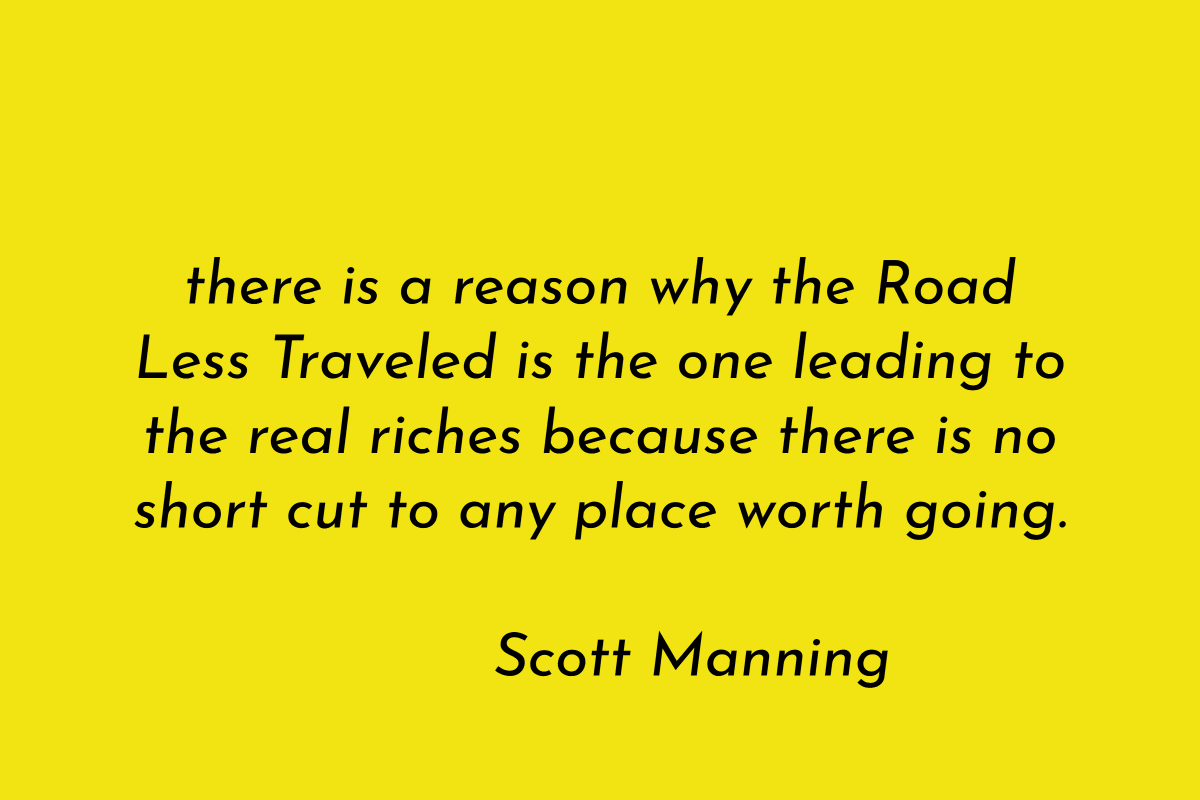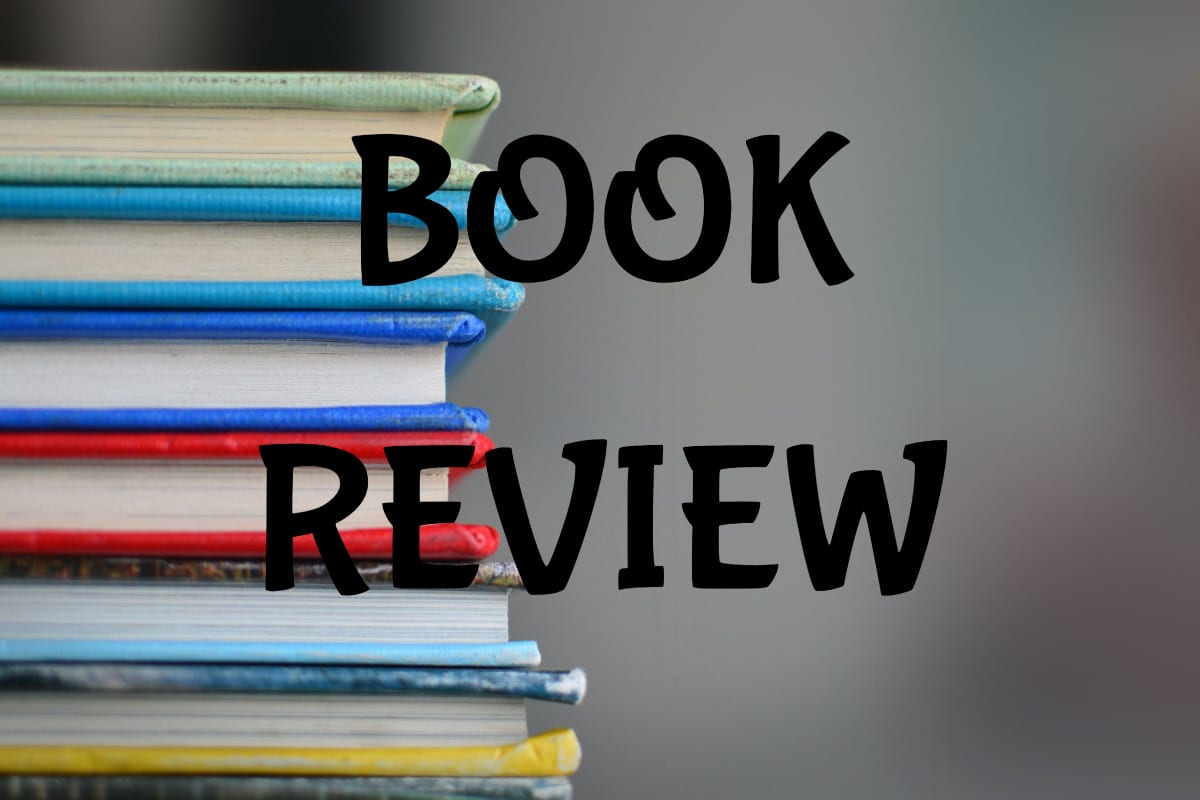
Choosing a genre based on word count or length of the book depends on several factors, including reader expectations, your writing style, and the market you’re targeting.
While word count itself shouldn’t be the sole determining factor in choosing a genre, it’s essential to understand the typical lengths for different genres and how they align with what you’re writing.
In genres like romance, readers tend to expect books that fall within a certain range, though there is a lot of flexibility. Shorter romance novels, such as category romances, can be around 50,000 to 60,000 words, while full-length romances often range from 70,000 to 100,000 words.
Romance novellas, which are shorter, are also popular, especially in subgenres like holiday romances or second-chance love stories. If you prefer writing shorter, more contained stories, romance offers many opportunities to meet those word count expectations without sacrificing depth or emotional engagement.
Thrillers and mysteries also have a wide range, but they typically hover between 70,000 and 100,000 words. These genres often require a tightly woven plot with enough complexity to keep readers engaged but not so much that it drags.
If you’re inclined toward fast pacing and intricate plotting, you’ll find that most thrillers and mysteries are expected to deliver high tension within a concise framework. If your story needs more room for red herrings, character development, or subplots, stretching to the higher end of the word count might be necessary, especially if you’re building a complex mystery or thriller with multiple twists.
Fantasy and science fiction, on the other hand, are known for their longer word counts, particularly because they involve extensive world-building. Novels in these genres can range from 90,000 to well over 120,000 words, especially in epic fantasy or space opera.
If your story demands intricate settings, magic systems, or deep lore, choosing fantasy or science fiction gives you the space to explore those elements. Readers in these genres expect longer works that immerse them in the world and provide expansive character arcs, so if you enjoy writing in-depth, sprawling narratives, these genres may be the right choice for you.
Historical fiction, much like fantasy and science fiction, tends to require more space for setting the scene and delving into the historical context. The typical word count for historical fiction can range from 80,000 to 120,000 words, depending on the period and complexity of the narrative.
Readers in this genre expect detailed descriptions of the era, as well as rich character development that fits within the historical context. If your story covers multiple timelines or significant historical events, the genre allows for a higher word count, which is often necessary to do justice to both the setting and the characters.
Genres like literary fiction don’t have rigid word count rules, but they do tend to fall between 70,000 and 100,000 words, with room for variation. Literary fiction readers prioritize character development, thematic exploration, and style, so the word count may fluctuate depending on the depth of the subject matter.
If you enjoy a more introspective writing process and want to focus on characters and themes rather than plot, the genre can accommodate a more flexible approach to length.
Novellas, which typically fall between 20,000 and 40,000 words, are an option in many genres, particularly in romance, science fiction, and horror. Novellas allow for quick, contained storytelling and are often a good fit for writers who want to focus on a single idea or emotional arc without delving into subplots.
If you’re looking to write something shorter but still impactful, novellas provide a great way to experiment with genre without the pressure of a full-length novel. Children’s and young adult (YA) fiction also have specific word count expectations based on the target age group.
Middle-grade novels usually fall between 30,000 and 50,000 words, while YA novels typically range from 50,000 to 80,000 words. These genres require concise, engaging narratives that maintain pacing suitable for younger readers. If you’re writing for a younger audience and prefer shorter, fast-paced storytelling, choosing YA or middle-grade fiction may align with your word count goals.
In contrast, if you’re considering genres like horror, the word count can vary greatly depending on the type of horror you’re writing. Shorter horror stories and novellas are particularly popular because the genre lends itself well to shorter, high-impact narratives.
Full-length horror novels, however, can range from 60,000 to 90,000 words. If you’re writing horror, consider whether your story relies on a slow build of tension or quick, intense scares—this will help you determine the right length for the book.
Ultimately, while understanding typical word counts for different genres is important, you shouldn’t force your story into a specific genre just because it fits a certain word count range. Instead, focus on what the story demands.
If the plot, pacing, and character development naturally lead to a shorter or longer word count, that should guide your decision. You can always refine your story in the editing process to ensure it aligns with reader expectations for the genre you choose.
Rather than choosing a genre solely based on word count, use word count as one of many factors in deciding where your story fits. Consider the story’s complexity, the genre’s expectations, and the audience you’re targeting. Let the natural length of your book guide you toward a genre that accommodates both your creative goals and market expectations.
For more on writing books and marketing your book, sign up here.








